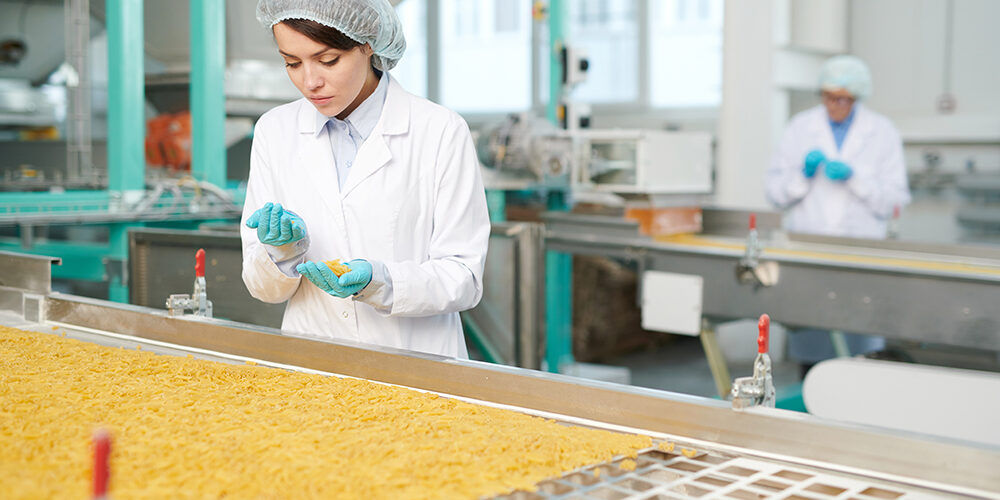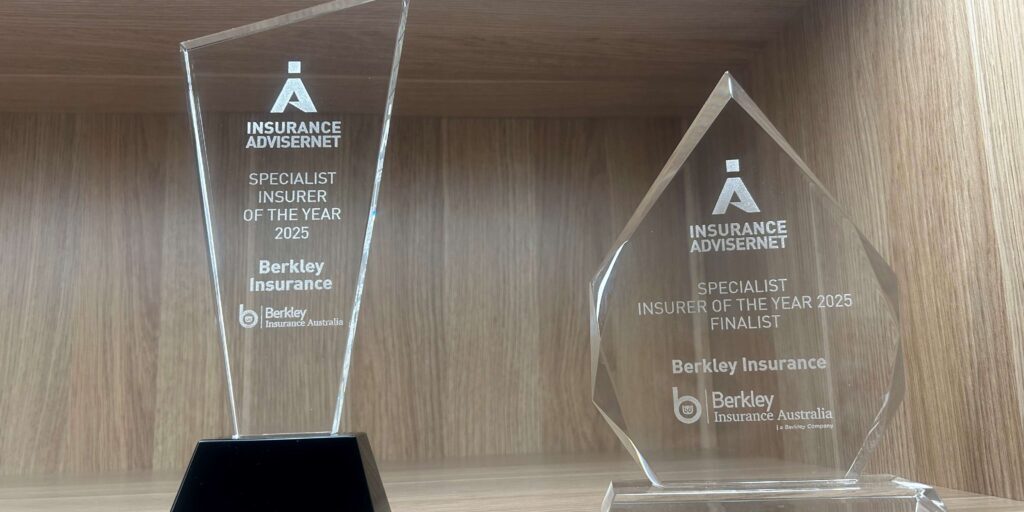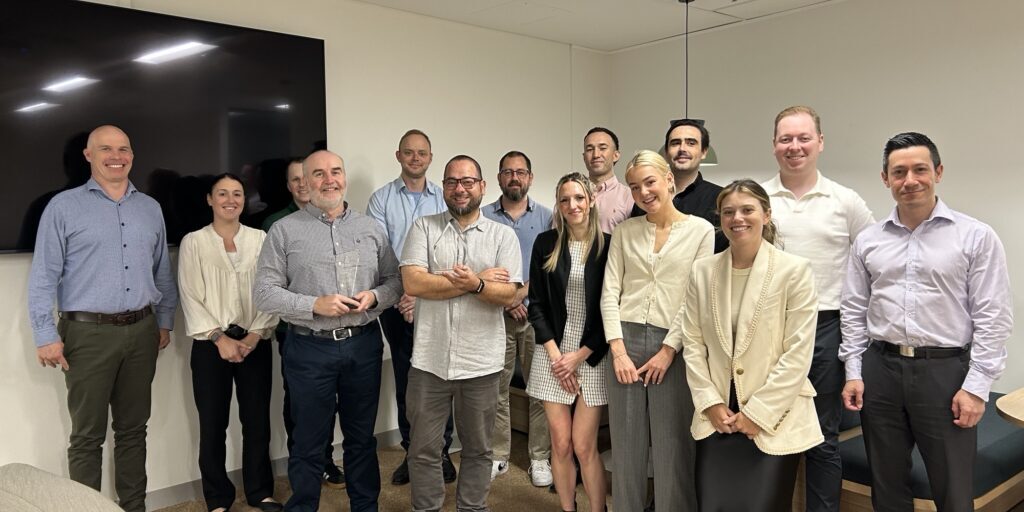
Product Liability – The Other Half
What is General Liability?
A standard General Liability Policy will provide two sections of cover, public liability and product liability. From these two sections a liability policy will cover compensation for third parties for any personal injury, property damage and advertising injury. The two sections are very different to each other from how they are underwritten and what cover is provided by the policy. This paper is intended to provide some insights into product liability exposures and the key differences compared to public liability and how they are treated by underwriters.
How is Public and Products Liability Underwritten?
Product liability from an underwriting perspective can be more difficult and interesting to underwrite than public liability. Public liability is somewhat easier to measure and assess risk exposures. For example, from an office building to a shopping centre it isn’t difficult to ascertain the level of potential third-party pedestrian traffic for risk analysis of the likelihood of slips, trips and falls. The property’s location, what are the surrounding properties/landscape in case of escape of fire. The occupation of the business using the property and are they high risk to cause escape of fire. Likewise the risk exposures from a provided service are also at times obvious. For example, an insured operating an excavator in a built-up area is a higher risk of third-party property damage than one working on a remote parcel of land. Services can be explained in detail whether they are a trade, mechanic, medical or a white collar worker and from these services a straightforward assessment can be made on the potential to cause personal injury or property damage in their normal course of business.
What is Product Liability?
Products, on the other hand are not always easy to assess and underwrite. We all use products hundreds if not thousands of times in our everyday lives. From the clothes we wear, food we eat, mobile phones and computers we use all the way up to major industrial machinery we may operate for employment. With the continuing advances in science and technology products are becoming more complicated and advanced to make our lives easier as well as totally new products that no one has ever used before. When you consider emerging risks the majority relate to new products and technologies such as 3D printing. The simple homestead who was once always only a consumer of electricity can now be a generator of electricity through solar panels. The food we eat is genetically modified to be bigger, straighter and more disease-resistant. Vehicles one day will not require a driver and become fully automated, industrial machinery is becoming more automated. Building materials are developing and changing all the time and not always for the greater good. It is not always easy to understand and assess what a products risk exposure may be and what is the likely resultant damage or injury. The web has become a useful tool when underwriting a product’s risk exposures and the more information provided within a submission in regards to the insured’s products is also beneficial. There are major advantages when an underwriter understands the product and its purpose.
What are the Differences in a General Liability Policy?
One of the obvious differences in a General Liability Policy between public liability and product liability is that product liability has an aggregated policy limit. Why is product liability an aggregated limit? It comes down to the likelihood of accumulation of losses up to a policy limit within a policy period. Whilst there can always be the possibility of an occurrence that may injure a large number of people or another example of an accumulation for public liability could be a spray drift claim. The probability of these public liability accumulation events is a lot less than for products. Let’s consider a product widely used by the general population. The mobile phone, in some countries there are more mobile phones than people so as a product the sheer numbers in circulation and their shelf life of at least a few years make them high risk. Therefore the aggregation of the limit provides protection against the potential accumulation of product liability losses. The potential for accumulation from products is significantly higher than public liability and whilst the mobile phone is an extreme example many companies can have large numbers of products in circulation around the world at any one time.
Common Policy Exclusions
Almost half of a General Liability Policy’s exclusions would be applicable for product liability claims. Of those exclusions, the most common from a claims perspective relates to damage to the products and the repair, recall and replacement of products. What is a “Product” and what is “Product Liability” will be defined within every liability policy wording and it is important to review and understand these definitions. Not all definitions are exactly the same within the market and the small differences could mean a substantial part of a claim is not covered. Essentially a product is defined as pretty much anything once it has left your possession that has been supplied by the Insured to a third party and that product has caused personal injury or property damage. The exclusions most common with product liability claims are associated with repair, recall or replacement of the Insured’s product. For example, the Insured’s product may be an oil filter attached to an engine, in this example, the cost of and also replacement of the faulty oil filter is not covered however the resultant damage to the engine caused by the faulty filter would be covered. It is not uncommon for part of a product liability claim to not be indemnified by the policy due to these common policy exclusions.
Product Efficiency Matters
Every product has a level of efficiency which is the ability to produce a desired or intended result. For example, a nail should hold together two objects such as two planks of timber. A pump will distribute liquid through pipes, safety goggles are intended to protect the eyes from foreign objects. Whilst every product has a level of efficacy that level is what an underwriter will use to determine the acceptability of a product. Products with high efficacy exposure levels such as products that have safety, security, weighing, measuring, medical and fire resistance properties will be less desirable and may have their efficacy exposures excluded. An example of a product where the efficacy exposure would be unacceptable would be a pacemaker, if the product does not fulfill its intended purpose the consequence is the death of the recipient of the product. This is a good straightforward example and when efficacy has been excluded it is not always clear cut such as the pacemaker. Is a design fault, poor product installation/application or is a failure in the manufacturing process knocked out by an efficacy exclusion, not all efficacy exclusion wordings are the same and ultimately the circumstances of the claim will determine the level of cover provided.
In Conclusion
There is a lot of data and statistics available from around the world on product liability claims and it is clear from this data that the majority of personal injury claims are associated with products, this is not at all surprising based on the number of products we use every day. Whilst product liability may be the other half of a General Liability Policy it plays a significant role in providing necessary cover for the general public in our day-to-day lives.
Related Links
Quote and Bind a Policy Instantly
Unveiling Public & Products Liability on bindIT: A Game-Changer for Brokers
How to get a Public and Products Liability Quote
Berkley Insurance Public and Products Liability Policy Wording 2021
Important Notice
Berkley Insurance Company (limited company incorporated in Delaware, USA) ABN 53 126 559 706 t/as Berkley Insurance Australia is an APRA authorised general insurer. Information provided is general only, intended for brokers and has been prepared without taking into account any person’s particular objectives, financial situation or needs. Insurance cover is subject to terms, conditions, limits, and exclusions. When making a decision to buy or continue to hold a product, you should review the relevant policy documents.
Share this post on
Inside Berkley Insurance Australia: An Interview with CEO Tony Wheatley
Berkley Insurance Australia Wins Specialist Insurer of the Year for Fourth Consecutive Year
Getting the Best Terms for Clients with Prior Claims


